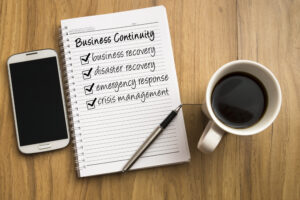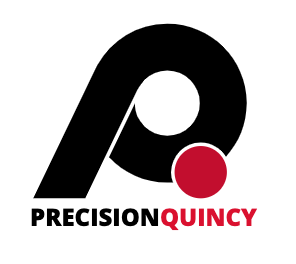
We know that developing a disaster recovery (DR) plan has probably never made your to-do list. That said, the risk of disaster for manufacturing companies is always there. Disasters can be caused by fires, floods, storms, explosions, earthquakes or major power outages, to name a few. And these disasters can trigger a domino effect that can cripple every aspect of your business: from your operations, to your customer relationships and financials.
This post contains our thoughts on DR with a focus on your industrial ovens. Our hope is that you file this post away and draw upon it if you are faced with scrambling to create a plan after a disaster.

Assess the Damage to Your Industrial Ovens
The first step is to assess the damage. The process of assessing the damage to your industrial ovens is different depending on whether the damage was caused by heat from a fire, flooding and/or moisture, falling debris or seismic activity.
In a fire, damage is usually caused by the heat from the fire and not the flames. If the structure of the industrial oven is not exposed to temperatures above the max operating temperature of the materials used to construct the oven (for example, aluminized steel), there is an opportunity to rebuild the oven using the existing structure. After reviewing the structure of the oven, the assessment should extend to the individual subassemblies such as the bearings, fans, wiring, motors, electrical components and heating elements to make sure they have not been exposed
to temperatures above their ratings. In most cases, we recommend replacing all wiring.
If damage was caused by water or moisture, you will want to dry components that can recover from moisture and replace components that cannot recover. As an example, the insulation of the oven can be dried out, but a PLC most likely needs to be replaced.
If there is an earthquake, you will need to test the structural integrity of the oven and fix or replace any damaged components. All items critical to safety should be replaced including overhead lifts, conveyance and gas trains.
Falling debris can also cause damage to an industrial oven. It may necessitate cleaning the oven and its components, and potentially repainting the oven.
We recommend that you never try to start-up an industrial oven after a disaster without the assistance of an expert. The process of powering up the oven is helpful in determining which components need to be replaced. For more information on how to troubleshoot an industrial oven, see Troubleshooting Industrial Ovens. In the case of a fire, experts in industrial ovens are also helpful in assisting the fire marshal trace the cause of the fire.
Insurance
In the event of a disaster, immediate communication with your insurance company is critical. Your insurance may cover both the replacement value of your industrial oven and losses due to business interruption. You should promptly take pictures after the danger has passed. Keep logs, organize estimates and save receipts so that you have a record for reimbursement from your insurance company. Also talk to your insurance representative about the costs and benefits of expediting the purchase of your industrial oven. This will mitigate the loss from business interruption.
You will also want to work with an expert in industrial ovens to justify damage claims with your insurance company. In this process, insurance companies sometimes look to quantify how much the damage will reduce the useful life of your industrial oven.
Short and Long-Term Objectives
Your disaster recovery plan should take into account both short- and long-term objectives. In the short-term, your priority should be on immediate efforts to restore critical manufacturing processes to mitigate the loss of business and send a message to your customers that everything is under control. At the same time, the recovery from any disaster creates a unique opportunity for manufacturing companies to explore alternatives that can improve their manufacturing processes and equipment in the long term. As an example, a manufacturer recovering from a flood may implement a strategy to dry out the industrial oven to return it to less-than-optimal production knowing that the useful life of the oven has been significantly reduced. While at the same time, a plan can be implemented to purchase new equipment or retrofit the ovens to enhance performance and improve safety.
New Equipment vs. Rebuilding Existing Equipment
We will work with you and your insurance company to determine whether buying new equipment is your best alternative. It is a myth that new equipment is always better than older equipment that has been rebuilt or retrofitted properly. In the retrofit process, we seek feedback from our customers during the evaluation and concepting phase in order to improve performance and address safety concerns. Why replace 100% of your industrial oven when only 20% needs to be repaired or redesigned? In a retrofit project, we use components from your existing oven whenever feasible. This allows you to save money by using less new material.


